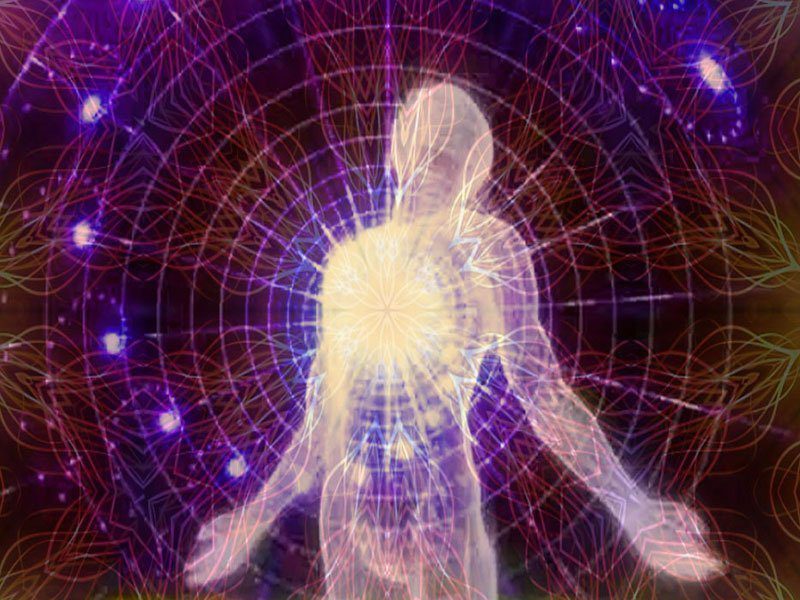What is Consciousness?
“Energy cannot be created or destroyed; it can only be changed from one form to another.” —Albert Einstein
Scientific Evidence of the Afterlife
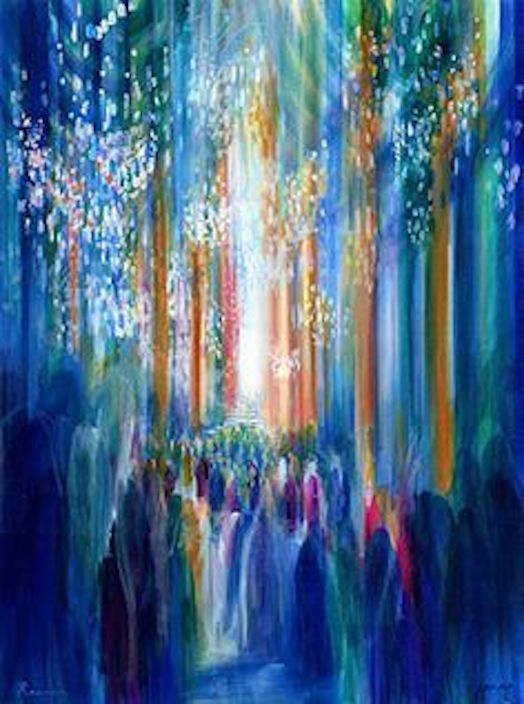
“Is there life after death?”Before we answer that, let’s first cover the science of the afterlife.
The first law of thermodynamics is conservation. Initially introduced in 1850, this law states that energy is always conserved. Energy cannot be created or destroyed. It can only be converted from one form into another. The forms that energy takes, however, are continually changing.
Albert Einstein, known for his theory of General Relativity (circa 1905), which states events are continuous and deterministic, meaning that every cause matches up to a specific, local effect. Coincidentally, around the same time, Werner Heisenberg introduced quantum mechanics. Quantum mechanics states that events produced by the interaction of subatomic particles happen in jumps — quantum leaps, with probabilistic rather than definite outcomes. These two theories are a clash of entirely incompatible descriptions of reality.
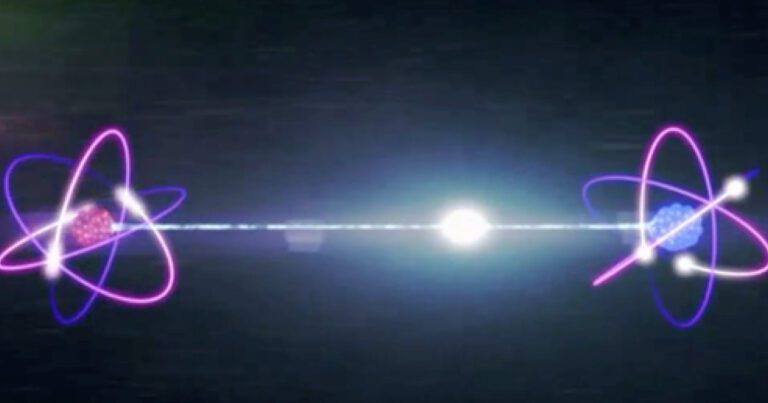

“Spooky action at a distance.”Even though it was Einstein’s work that laid the foundation for modern quantum mechanics, it was Einstein who proposed that light comes in little bundles of energy he called quanta.
“Reality is merely an illusion, albeit a very persistent one. The distinction between past, present, and future is only a stubbornly persistent illusion.” — Albert Einstein
The World is an Illusion
Fasten your seatbelts, folks; things are about to get really spooky. Another physics law is that matter does not exist until it is observed. That means everything – all matter! Everything that seems solid: your body, your house, your car, and everyone you know, even the earth, does not exist until it is observed. Sound crazy? Wait, there’s proof.
First performed in 1801, the double-slit experiment demonstrated the wave behavior of light. However, it validated something astoundingly more critical. This experiment showed that matter does not exist until it is observed. The theory of quantum mechanics hadn’t even been conceived of at this point. It would take another 100 years for scientists to understand what was happening in this experiment when Heisenberg came up with the Uncertainty Principle mentioned above.
Beyond Biocentrism: Rethinking Time, Space, Consciousness, and the Illusion of Death
Dr. Robert Lanza, a stem cell biologist, and astronomer Bob Berman teamed up to write Beyond Biocentrism: Rethinking Time, Space, Consciousness, and the Illusion of Death. Their theories are a paradigm shift in our understanding of the world we live in.
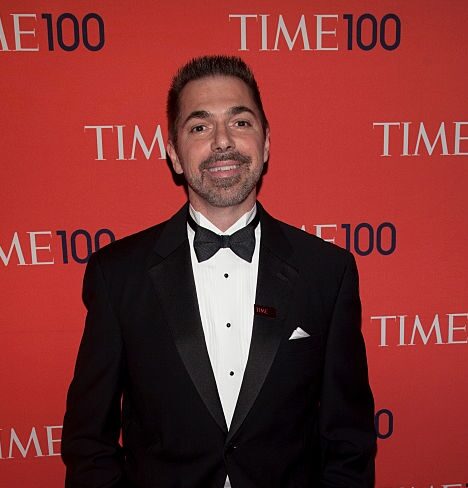
The Observer Effect
Quantum mechanics is downright bizarre. The ‘double-slit experiment’ (explained simply in this video) shoots particles through two slits in a screen. The particles act like bullets and logically travel through one hole or the other. However, if you don’t watch the particles, they behave like a wave and go through both holes at the same time.
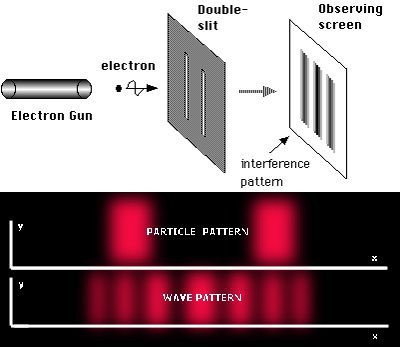
Why should a particle behave differently depending on whether you watch it or not? The answer is that reality is a process that requires your consciousness. This experiment proves that matter exists as probabilities and tendencies rather than absolute things. There is an observer effect, which is the theory that the mere observation of a thing changes it. We are creating our reality moment by moment.
The Double-Slit Experiment

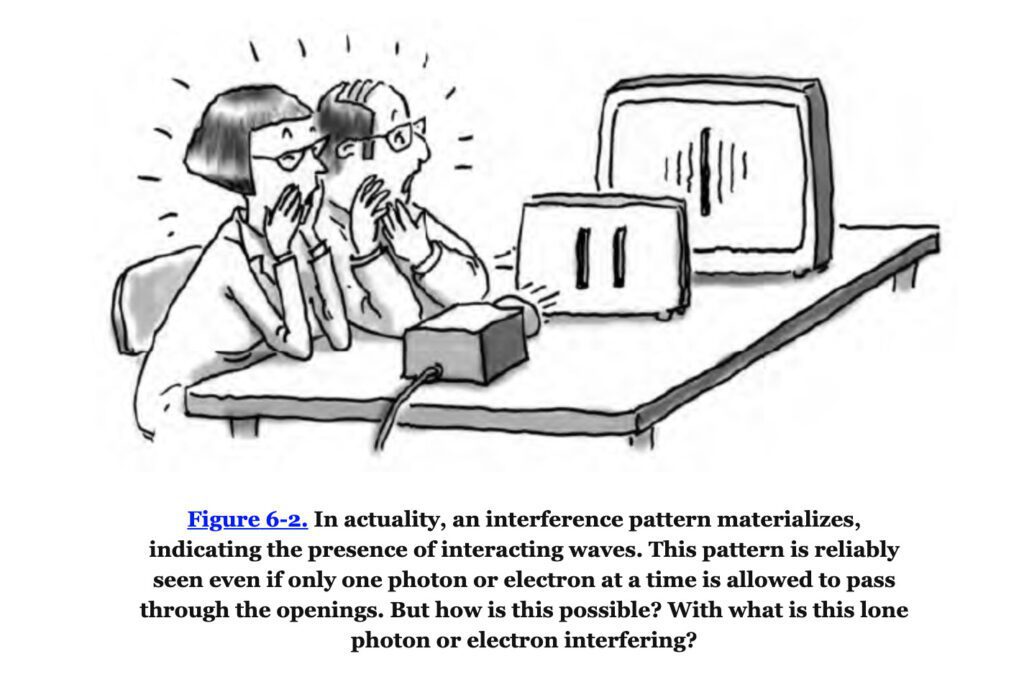
In his book Beyond Biocentrism, Dr. Robert Lanza asks, “with what is this lone photon or electron interfering? Some physicists think there might be other electrons or photons ‘next door’ in a parallel universe from another experimenter doing the same thing. Is this consciousness affecting matter?”
Photons or electrons have those two choices of slits when they encounter the double holes but do not actually exist as real entities in real places until they are observed, and they aren’t observed until they hit the final detection barrier. So when they reach the slits, they exercise their freedom to take both choices. Even though actual electrons or photons are indivisible and never split themselves under any conditions whatsoever, they do not become electrons or photons until they are observed—and they reach those slits before they are observed.
Everything is an Illusion
Entanglement demonstrates the biocentric principle that neither space nor time exists as independent realities outside of our perception. It’s one of those concepts that feels far more mystical than scientific fact. Entanglement is a strange effect where one object gets connected to another so that even if they are separated by large distances, an action performed on one will affect the other. Entanglement usually occurs with subatomic particles and was predicted by the theory of quantum mechanics, which governs the realm of the very small.
A significant advancement in quantum entanglement research was made in 2011 when physicists succeeded in entangling two macroscopic diamonds, demonstrating quantum mechanical effects are not limited to the microscopic scale. These physicists placed bits of diamonds nine feet apart. They spun one diamond into a vibrational state, and upon observing that diamond, the other was instantly influenced and spun in the opposite way (Science, Aug 2014).
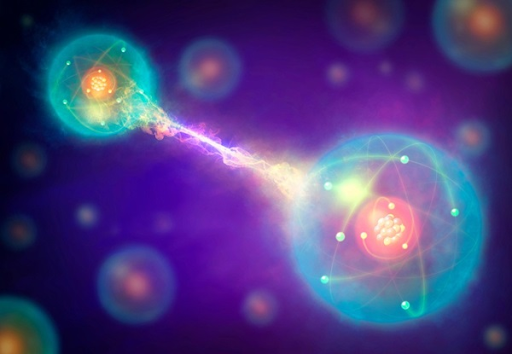
This experiment was an astounding breakthrough in quantum teleportation because it was the first time scientists entangled objects larger than a quantum scale.
Dr. Robert Lanza presents evidence that our consciousness exists in the form of energy. Our physicality is just an illusion, just as birth and death are an illusion.
“Consciousness conceives, governs, and becomes a physical world.” —Deepak Chopra
Matter does not exist until it is observed. We are pure consciousness. We are eternal, and we are one with the universe. Ancient wisdom teachers have been talking about this for centuries.
Buddha mentioned the observer effect 2,600 years ago.

The science is just now catching up.
“Space and time and even the properties of matter itself depend on the observer… when you take this point of view, it even explains why the laws of the universe themselves are fine-tuned for the existence of life…Time doesn’t exist except as ideas in the now. Thus, “past” and “future” are illusions. And with it, any time-dependent notions, including the biggest and baddest: that you who exist as awareness, will ever cease to be.” —Dr. Robert Lanza
Heisenberg’s Uncertainty Principle
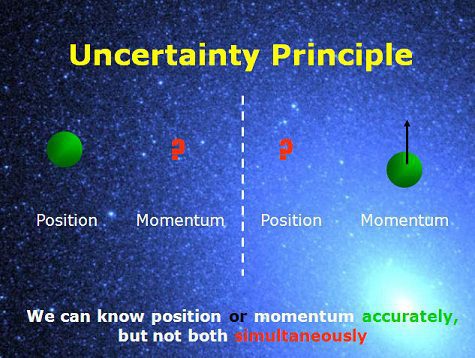
If there really was a world out there with particles just bouncing around, then we should be able to measure their properties. But you can’t know a particle’s exact location and its momentum can’t be known at the same time as mentioned above. Why would it matter to particles what you decide to measure? The answer is simple. The particles aren’t just out there. It is your consciousness that is creating them.
Time Doesn’t Exist, and Death Doesn’t Exist
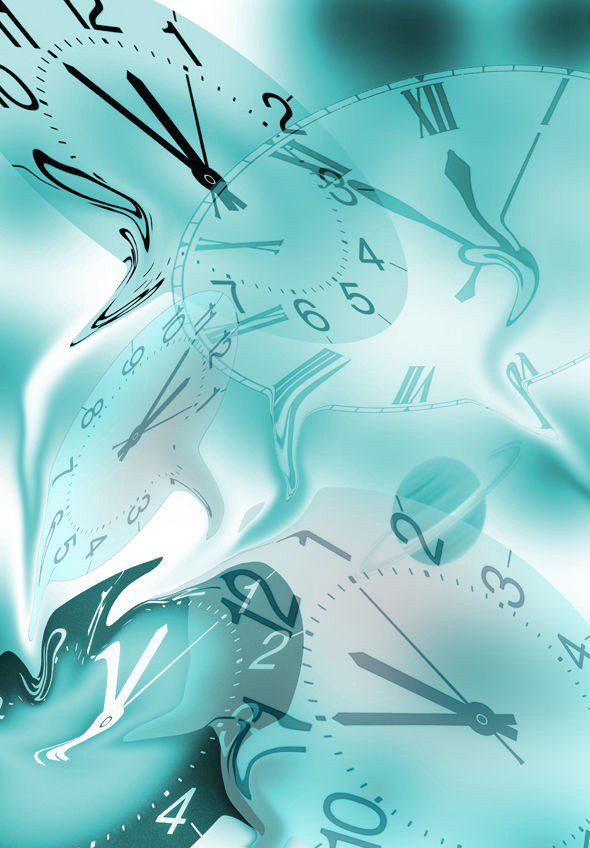
The before-death state, including your current life with your memories, goes back into superposition, into the part of the phonograph record that represents just information. In short, death does not actually exist. There’s no such thing as time except as a concept in the mind of each observer. If we wish to consider the nature of any change that is unfolding upon bodily dissolution, it could be thought of as a reboot. Lanza theorizes that when our physical body dies, the energy of our consciousness can continue on a quantum level. Consciousness is something fundamental to nature, stitched into the very fabric of reality. Consciousness transcends time and space.
Consciousness Never Dies
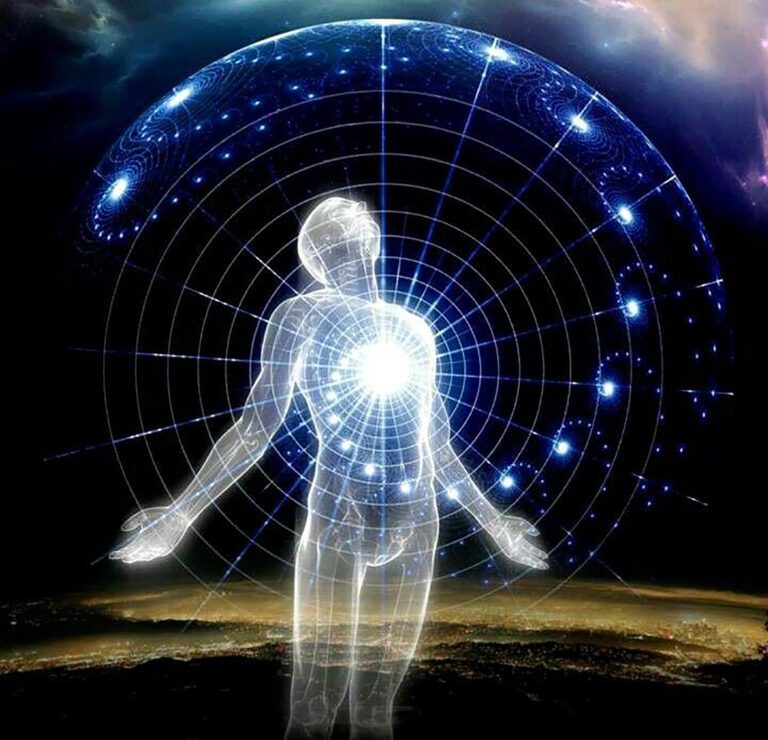
Other scientists have recently validated that the soul could indeed continue to live in a quantum state after death. Near-death experiences open a window to the concept of a universal consciousness that is free of time and space. The principles of quantum physics provide us with the conceptual framework and tools for exploring the experience of death. Throughout history, a handful of scientists have theorized that there is no death of consciousness. However, they could never prove it until recently.
While scientists are still unsure about what exactly consciousness is, the University of Arizona’s Stuart Hameroff and British physicist Sir Roger Penrose believe that consciousness is simply data saved at a quantum level similar to computer data stored in the cloud. Hameroff and Penrose coined this “Orchestrated Objective Reduction” (Orch-OR) and say it is evidence that there are structures called microtubules that carry quantum information stored at a subatomic level.
Microtubule

Microtubules, DNA, and the entire brain can communicate non-locally with virtually unlimited memory storage capacity. Hameroff explains his theory this way,
“Let’s say the heart stops beating, the blood stops flowing, the microtubules lose their quantum state. However, the quantum information within the microtubules is not destroyed. It can’t be destroyed. It just distributes and dissipates to the universe at large. If the patient is revived, this quantum information can go back into the microtubules, and the patient says, ‘I had a near-death experience.’ If they’re not revived, and the patient dies, it’s possible that this quantum information can exist outside the body, perhaps indefinitely, as a soul.” — Stuart Hameroff, M.D., Nobel Prize winner and professor at the Departments of Anesthesiology and Psychology and the Director of the Center of Consciousness Studies at the University of Arizona and author of many books including Consciousness and the Universe: Quantum Physics, Evolution, Brain & Mind
Penrose and Hameroff’s theory could be the most substantial supporting evidence for life after death. Dr. Hans-Peter Duerr, department head from the renowned Max Planck Institute for Physics in Munich, agrees with Hameroff and states that the physical universe we live in is only our perception. Once our physical bodies die, there is an infinite beyond.
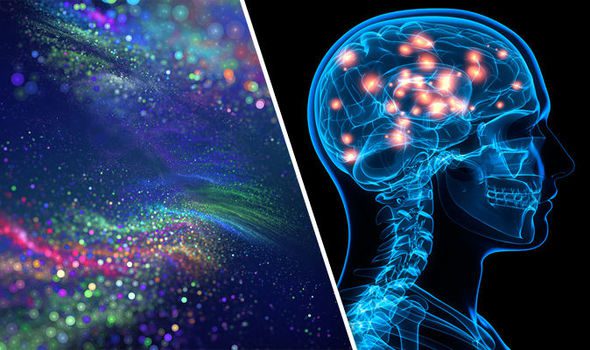
“What we consider the here and now, this world…is just the comprehensible material level. The beyond is an infinite reality that is much bigger than this world. The body dies, but the spiritual quantum field continues. In this way, I am immortal…Matter is not made of matter. Matter, as we know it, exists only in the mind.” —Hans-Peter Duerr, M.D., Professor of Physics and former head of the Max Planck Institute for Physics
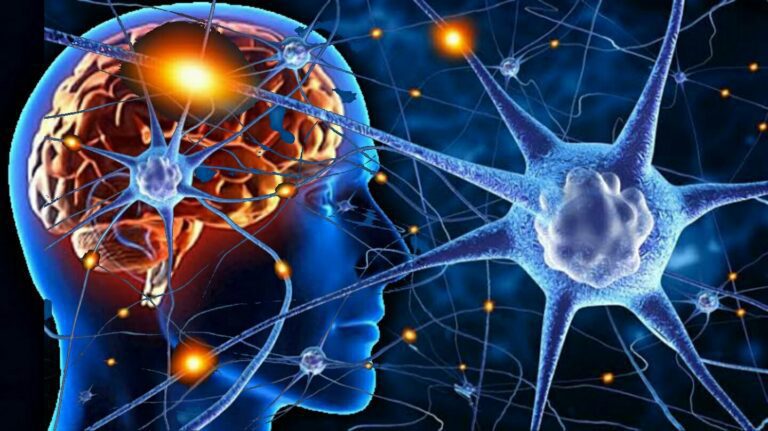
“We are beginning to see the entire universe as a holographically interlinked network of energy and information, organically whole and self-referential at all scales of its existence. We, and all things in the universe, are non-locally connected with each other and with all other things in ways that are unfettered by the hitherto known limitations of space and time.” — Ervin László, The Immortal Mind: Science and the Continuity of Consciousness beyond the Brain
Ervin László is editor of the international periodical World Futures: The Journal of General Evolution. He is a prolific author of over 100 books on quantum theory and spiritual evolution and was twice nominated for the Nobel Peace Prize.
Some thirteen hundred years ago, in India, the revered Adi Shankaracharya wrote:

Some thirteen hundred years ago, an Indian theologian named Adi Shankaracharya well known for establishing the foundational doctrines for Hinduism wrote:
“I am reality without beginning . . . I have no part in the illusion of ‘I’ and ‘you,’ ‘this’ and ‘that.’ I am . . . one without a second, bliss without end, the unchanging, eternal truth. I dwell within all beings as the pure consciousness, the ground of all phenomena, internal and external. I am both the enjoyer and that which is enjoyed. In the days of my ignorance, I used to think of these as being separate from myself. Now I know that I am all.” —Adi Shankaracharya,


